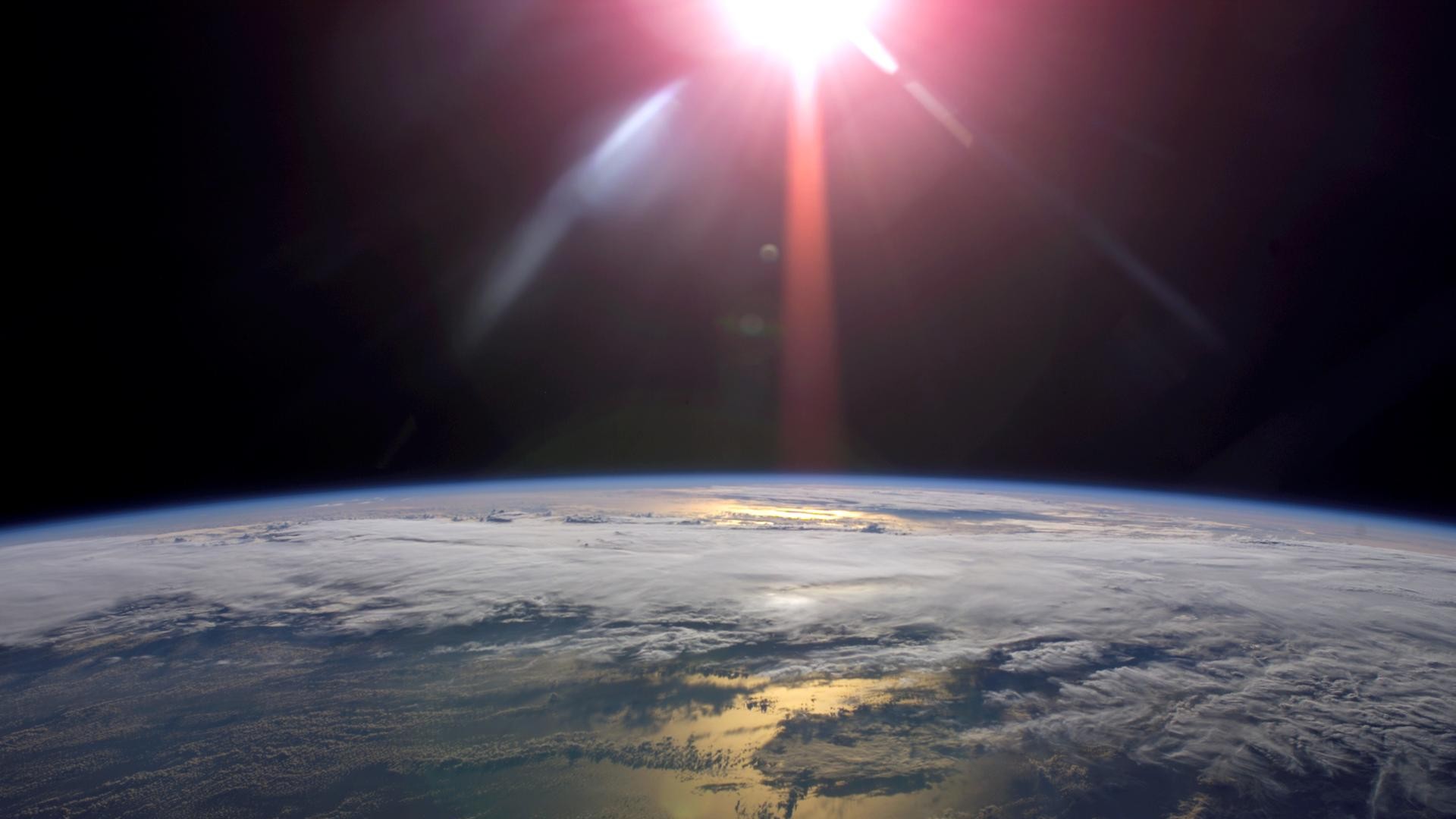
Temperatures in the Northern Hemisphere might be high, but on July 6, our planet will be at its farthest point from the sun this year. It's an annual occasion called aphelion, a term that comes from the Greek words "apo" (away) and "helios" (sun), according to Almanac.
If it seems counterintuitive for our planet to be at its farthest from the sun while you endure the summer heat, consider how Earth orbits the sun and how our planet rotates.
Astronomers refer to the average Earth-sun distance as an astronomical unit (AU), which is approximately 93 million miles (150 million kilometers), as defined by the International Astronomical Union (IAU). However, Earth's slightly elliptical orbit around the sun means that each year, there is one day when Earth is closest to the sun (perihelion) and one day when it's farthest from the sun (aphelion). In 2023, perihelion occurred on Jan. 4, when Earth was 0.98 AU from the sun. On July 6, at aphelion, Earth will be 1.01 AU from the sun, according to astronomer Fred Espenak.
Perihelion and aphelion were first noticed in the 17th century by astronomer Johannes Kepler, who calculated that planets have elliptical orbits around the sun. He noted that a planet moves the fastest when it is at perihelion and the slowest at aphelion, according to NASA. That makes summer in the Northern Hemisphere a few days longer than summer in the Southern Hemisphere, NASA explains.
Although the difference between perihelion and aphelion can be millions of miles, it has very little impact on the temperatures on Earth. What causes the seasons is the 23.5-degree tilt of Earth's axis, which means the sun shines on different latitudes at different angles throughout the year. It's the axial tilt that causes the seasons. In July, the Northern Hemisphere is tilted toward the sun, receiving the full glare of our star in summer. Meanwhile, the Southern Hemisphere is tilted away from the sun, and days are shorter and colder there.
Although aphelion comes just a few weeks after the June solstice and perihelion arrives close to the December solstice, the events are not connected. The exact timing is caused by variations in the eccentricity of Earth's orbit, according to timeanddate.com, with the dates of perihelion and aphelion drifting by a day every 58 years since the 13th century.







